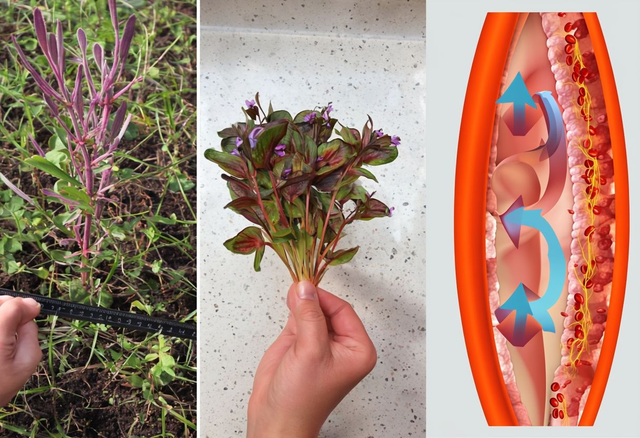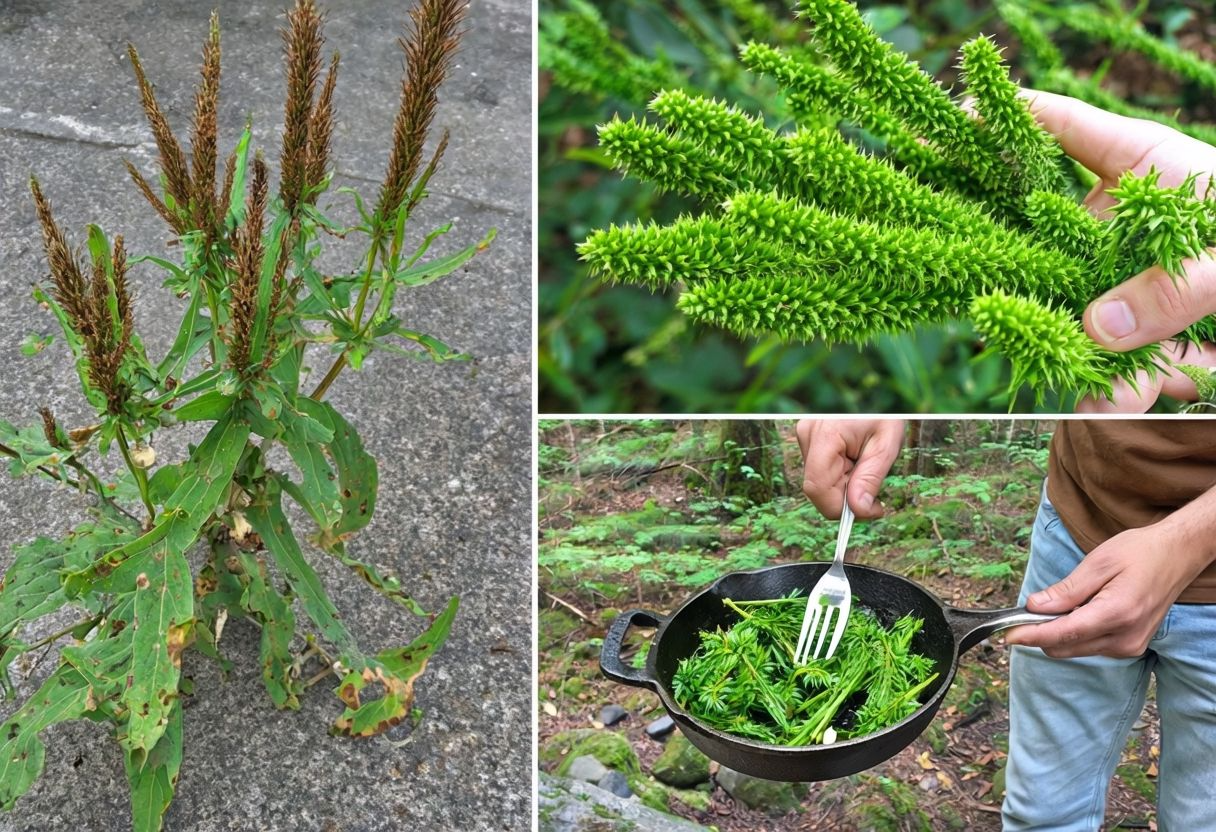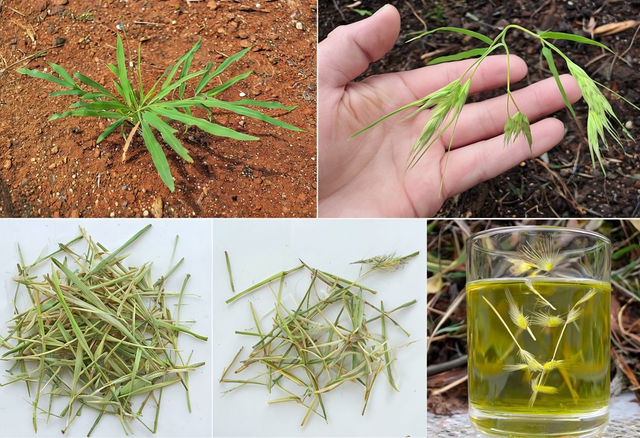
Purple Deadnettle (Lamium purpureum): A Hidden Gem in Herbal Healing and Daily Use
Paula
- 0
- 13
Often misjudged as a common weed, Purple Deadnettle is a highly valuable herb with wide-ranging medicinal and practical uses. Native to Europe and Asia but thriving across North America, this member of the mint family is rich in nutrients, supports liver and kidney function, eases inflammation, and even attracts pollinators to your garden. From tea to topical treatments, it’s a forager’s ally and a natural multitool for health and home.
🔍 AFQ – Article Framework Quickview
➤ Title:
Purple Deadnettle (Lamium purpureum): A Hidden Gem in Herbal Healing and Daily Use
➤ Summary:
Packed with vitamins, antioxidants, and healing compounds, Purple Deadnettle is more than just a weed—it’s a natural remedy for inflammation, skin issues, allergies, and fatigue. It’s also a beneficial garden plant that supports pollinators and enriches compost.
🌟 Top 30 Benefits of Purple Deadnettle
| Category | Benefit |
|---|---|
| Internal Wellness | Liver detox, immune support, digestion, circulation, kidney function |
| Skin & Wound Care | Soothes burns, promotes wound healing, relieves rashes and irritation |
| Respiratory & Allergy | Antihistamine, relieves colds, sore throats, sinus congestion |
| Women’s Health | Eases menstrual cramps, promotes hormonal balance |
| Nutritional | Rich in vitamins C & iron, low-calorie, fiber-dense |
| Anti-inflammatory | Joint pain, headaches, sore muscles |
| Calming Effects | Reduces stress, improves sleep, supports mental focus |
| Energy & Detox | Boosts energy, combats fatigue, acts as natural diuretic |
| Garden & Ecological | Pollinator-friendly, compost enhancer, natural mulch |
🍵 How to Use Purple Deadnettle at Home
| Use | Preparation |
|---|---|
| Herbal Tea | Dry leaves, steep in hot water 10–15 minutes. Drink warm to soothe inflammation. |
| Poultice | Crush fresh leaves and apply to wounds, burns, or insect bites. |
| Infused Oil | Infuse dried leaves in olive oil for 2–4 weeks. Use as a skin salve base. |
| Edible Greens | Add tender young leaves to salads, soups, or smoothies. |
| Compost | Toss excess into compost for added nitrogen and nutrients. |
🧭 TZL – Translation to North American Context
Identification Tips (Avoiding Confusion):
- ✅ Leaves: Heart-shaped, with purple-tinged tops
- ✅ Flowers: Pinkish-purple, tubular blossoms
- ✅ Stems: Square, typical of the mint family
- ✅ Texture: Soft and fuzz-free—not stinging nettle
⚠️ Important: Do not confuse Purple Deadnettle with Henbit or Stinging Nettle. Though not harmful, they have different applications and benefits.
🧠 Tips for Safe Use
- Harvest Safely: Only from pesticide-free areas.
- Drying & Storage: Dry in shade; store in airtight containers.
- Test Before Use: Especially for those with allergies or sensitive skin.
- Consult a Herbalist or MD if pregnant, nursing, or on medications.
✅ Conclusion
Purple Deadnettle is far more than an ordinary weed—it’s a powerful herbal remedy, a garden-friendly plant, and a nutritious foraging favorite. With so many uses, it deserves a place in your herbal toolkit, whether you’re sipping it in tea, applying it as a poultice, or mixing it into a spring salad. Just be sure to identify it properly and use it wisely.


